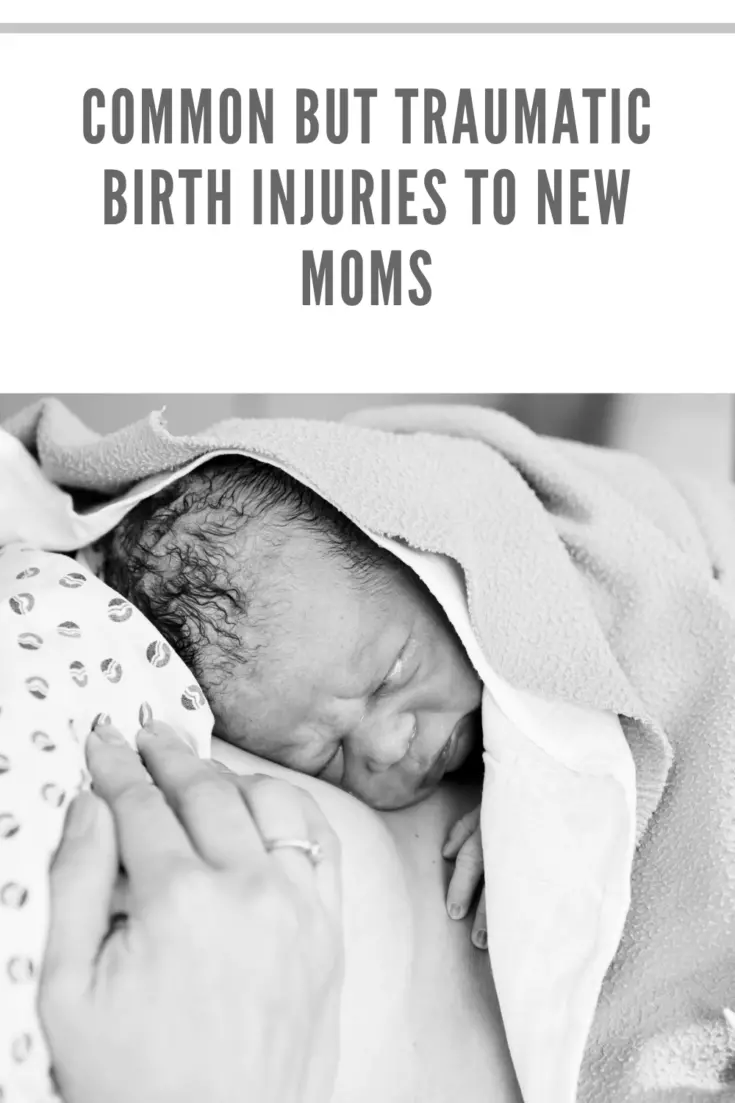Giving birth to a baby should be one of the most memorable moments of a parent’s life. It’s why we were put here on earth as men and women in the first place. But even in the 21st century, with modern medicine and state-of-the-art surgical tech, mistakes during the birthing procedure are still all too common. They often result in a serious birth injury to either mom, baby, or both.
Suppose you are the victim of a medical mistake and feel as though it’s a case of malpractice and negligence. In that case, you need to hire a reputable and trustworthy personal injury lawyer immediately. Says Detroit birth injury attorney Sommers Schwartz, mothers are also not immune to severe injury or even death, while you often fear injury to the baby during the birthing procedure. Although labor is a completely natural process, great stress and strain are placed on both baby and mother. If complications occur and they are not addressed quickly and/or adequately, you just might have a case of medical malpractice on your hands.
What are Birth Injuries?
Say a recent article on the subject; birth injuries occur during childbirth. They can negatively affect the baby and the mother. Birth injuries in newborns, or what’s called “neonatal birth trauma,” often include many issues, from bruising, to the severing of nerves, to broken bones.
But for new mothers, birth injuries can include tearing of the vaginal region to pelvic floor damage. In fact, a mother’s injuries usually fall into the following two categories.

Perineal Area Injury
Perineal Episiotomy and Tears: It’s said that 3 out of 4 women who bear a child vaginally will experience some degree of “perineal trauma,” or a tear and surgically applied cut to the space between the vagina and the anus.
Damage to Nerves: Sometimes, the nerves in the perineal area can be damaged while giving birth. This can result in a very painful condition known as “pudendal neuralgia.”
Piles or Hemorrhoids: These occur when veins surrounding the anus become swollen and feel lumpy and uncomfortable. They are often itchy and painful also. But piles are said to be nothing serious.
Pelvic Floor Injuries
Damage to Muscles: Within the “pelvic floor” is a muscle grouping that holds the bladder, the uterus, and the bowel in place. It’s estimated that up to half the women who give birth vaginally will suffer some damage to the pelvic floor due to tearing and over-stretching, or what’s known as avulsion.
Prolapsed Pelvic Organ: Should the pelvic muscles experience a serious injury, the organs will drop down towards the vagina. This can potentially cause serious bowel and bladder issues.
Although physical in nature, these injuries also come with an emotional and psychological component that can leave mothers feeling distressed, both during and after the child’s birth. This condition is called birth trauma.
How Does a Birth Injury Happen?
Birth injuries are usually out of the mother’s control. But some of the “main risk factors” for injury will include but are not limited to the following:
The baby’s position, as in the case of a “breech birth.”
A baby that’s too large to deliver vaginally.
Too fast or too long a labor.
Complications during labor.
Forceps or vacuum delivery.
Possessing too narrow or too small a pelvis.
Birth Injury Treatment
Fortunately, many birth injuries will heal by themselves. For instance, minor grazes or perineal tears easily heal on their own. More serious injuries such as deep tears will require stitches and treatment with pain relievers.
Those women who suffer substantial damage and tearing to the pelvic floor muscle structure may require more comprehensive treatment such as physiotherapy plus physical therapy engineered to strengthen the muscles. In other cases, women might be required to use “pessaries” inside their vagina or even undergo surgery to repair the damaged/prolapsed area.
On occasion, prolapsed pelvic area is not treated right away since it’s not detected soon enough. Also, if you’ve experienced a significant birth injury, you are automatically at risk of it occurring again with another baby. This is why you should discuss planning a cesarean section during the next birth.
Suppose a woman who has just given birth continues to experience pain in the pelvis, along with bowel and bladder issues, for prolonged periods. In that case, consultation with your doctor is highly recommended. If you feel you and your child have been the victim of medical malpractice, you need to immediately contact a personal injury attorney. You might be due compensation that will afford you a financially stress-free recovery.
